

We’ll admit it: we’d almost forgotten about Lost Planet 3 too. Not without good reason, of course: after Capcom unveiled the shockingly promising trailer at E3 2012, the company went radio-silent on the third installment in the series, instead turning focus to more reliable brands (Lost Planet 2 being as divisive as it was).
To right those wrongs, Capcom returned the series to the icy wasteland of EDN-III – but placed the game’s development in the hands of a new developer, Spark Unlimited. But does the increased focus on story and characters make up for gameplay that values iteration over innovation?
In short: yes. It absolutely does. Those fans of the original Lost Planet: Extreme Condition who fell in love with the unique setting and near-invincible boss battles will be glad to know that Spark has done the environments and enemies justice. But gamers who may have never even heard of the series, but value well-written dialogue, top-tier game acting and a story that defies the more annoying video game tropes won’t want to miss Lost Planet 3 either.
That credit begins and ends with the writing team, as Lost Planet 3 begins with a premise that seems to fall into stereotypes and established convention every time it’s employed in games – or sci-fi films, for that matter. But beginning with the game’s lead – Jim Peyton (played by Bill Watterson), a husband and new father who’s traveled lightyears just to earn some money for his family – the characters are believable, well-realized, nuanced, and supported by one of the best casts, across the board, that’s been seen in recent years.
And it doesn’t take long for the plot to start undercutting expectations; as the lead character of a shooter, it’s expected for Jim to fall into the ‘space marine’ trappings, and grizzled exterior seen multiples times each year. Yet he doesn’t; nor does he fit the ‘space trucker’ stereotype, despite making his trade operating in dangerous environments thanks to his mech rig, fondly dubbed ‘Gertie.’ Jim is simply a good guy, looking out for his family, squarely at home in James Cameron’s Aliens or The Abyss – a future in which everything is more advanced, except for the people (they’re still just people).
The game’s developers deserve credit for establishing Jim’s character in ways more often seen on film than in games – his backstory isn’t communicated via an extensive history or codex, but in brief video messages sent to and from Grace, his wife back home on Earth. Essentially delivering a monologue to a camera, the actors pull it off, giving players a real glimpse into a very real relationship that helps inform all of Jim’s actions later on.
Some clever writing is also employed to help iron over the usual lumps which action-heavy games can encounter. Employed by NEVEC – Neo Venus Construction – to help harvest badly-needed energy from the harsh planet dubbed EDN-III, Jim is first and foremost a private contractor, not a soldier. Taking his rig, Gertie out into the frozen wastes soon gets exciting, as the natural inhabitants of EDN-III begin to make their presence known.
Naturally, Jim the rig operator becomes especially adept at turning grotesque and deadly alien creatures into puddles of blood. While other games might simply gloss over a contradiction like that, Jim’s skills earn him a few enemies among his competitors, and appoint him the de facto guardian of NEVEC’s base (a role Jim is reluctant to accept). Having story and gameplay walk hand-in-hand is one of the most challenging (and slow-progressing) aspects of game design, so Spark deserves credit for that alone.
Of course, this is a video game, so before long it becomes clear that there’s more to EDN-III than Jim’s bosses have told him. When the pace picks up, and the larger plot at the heart of the Lost Planet series starts to take hold, the player investment into Jim’s character is counted on to keep momentum driving the events. Spark puts serious time into immersing the player into the life of a space-rig-operator early on, so Lost Planet 3 stands a better chance of keeping those emotional hooks in place more than many other action-first blockbusters.
It’s easy to level criticism against Lost Planet 3 by claiming it’s trying a bit too hard to walk in Dead Space‘s shoes, pitting an alien world filled with deadly creatures against more of an engineer than a soldier. Those comparisons are fair (even if Lost Planet went arctic before Dead Space 3), as are comparisons to yet another Unreal creation LP3 can’t help but call to mind: Gears of War. But instead of reinventing the wheel where functionality and core mechanics are concerned, LP3 focuses on pacing, and stacking gameplay systems atop one another.
We’re not necessarily against one game franchise taking its cues from a successful innovator, and it’s hard to ignore that that core shooting, cover and traversal systems of Lost Planet 3 are surprisingly well-polished (assuming imitation is the name of the game). Add the traversal and combat – yes, combat – systems built around Jim’s mech that actually makes operating such a machine seem fun, not an underwhelming or cumbersome disappointment, and frustration with game design is hard to find.
The developers claim that similarities to Dead Space are a bit misleading: while Dead Space has horror flowing through its veins, Lost Planet 3 uses the same tropes as a change of pace. Dropping Jim into a nest of Akrid – the insectoid aliens trying to kill him – quickly degrades into a fast-paced, clip-emptying horror show, and the developers seem to have planned for it. With the soundtrack shifting to a frenetic score pulled straight from a psychedelic European monster movie, and higher-ranking enemies that refuse to be easily killed, it may have players longing for the dull snowdrifts of EDN-III’s endless surface.
The formulaic boss battles (fire, evade, trap, attack) that punctuate the beginning or end of mission segments may irritate some players who prefer open-ended combat, but the satisfaction of executing the patterns may make the experiences a bit more worthwhile. Waiting for a massive crab-like Akrid to attack, then grabbing its claw with one of Gertie’s enormous metallic claws may simply be a disguised QTE, players may not mind once the mech’s enormous drill hits a weak spot, spattering the windscreen with gore.
When we played Lost Planet 3 at San Diego Comic-Con that admittedly repetitive gameplay kept us engaged, and the finished product managed the feat for hours at a time. Although the game’s delicate pacing begins to suffer as the third act approaches, slowed down by side quests, backtracking previously explored environments with new tools, etc. Of course, if you’re the type to enjoy navigating open wastelands in Gertie the mech – decorated by pictures of Jim’s family and filled with country music tracks supplied by Grace – the change could be for the better.
The down-turn in pace and sparsity of story-driven cut-scenes is noticeable during these points, but progressing through the story means impressive upgrades to both weaponry and Gertie herself (soon becoming the testbed for NEVEC’s in-house mechanic). The strong pace of the game’s opening chapters can’t be sustained throughout – and navigating NEVEC’s sizable base can be a bit of a slog – but Spark reminds players why they’ve come this far often enough to keep them engaged.
Fans of the series’ past take on multiplayer will likely be disappointed to find that the offerings in Lost Planet 3 fall more in line with standard Unreal Engine shooters than massive teams taking down enormous monsters. There are a few changes to standard Deathmatch and Capture the Flag game types, particularly the shifting of one to the other in matches, but singleplayer was where Spark Unlimited put their focus, and it shows.
There’s no question that Lost Planet 3 is one of the most unique games we’ve found in the glut of third-person Unreal shooters, and should, quite honestly, be spoken of in the same conversation as Red Dead Redemption when discussing accomplished writing and memorable lead characters. Capcom let this gem pass by many who would likely have enjoyed it, and for that, we can’t help but be disappointed.
Regardless, Spark Unlimited and the cast can hold their heads high: they told the story they hoped to, and proved that players won’t mind occasionally-repetitive gameplay if they’re made to care about why they’re doing it. Lost Planet 3‘s fate as a quality but overlooked experience may be unavoidable thanks to the publisher, but for those who find it, it’s worth every minute.
_____
Lost Planet 3 is available now for PC, PS3 and Xbox 360. Game Rant played the Xbox 360 version.
Follow Andrew on Twitter @andrew_dyce.

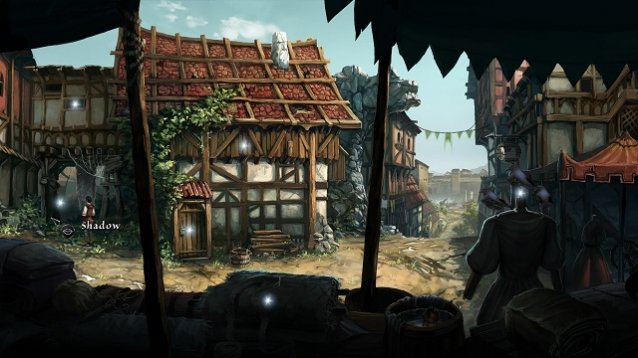

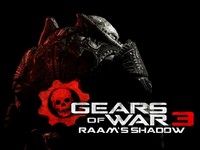
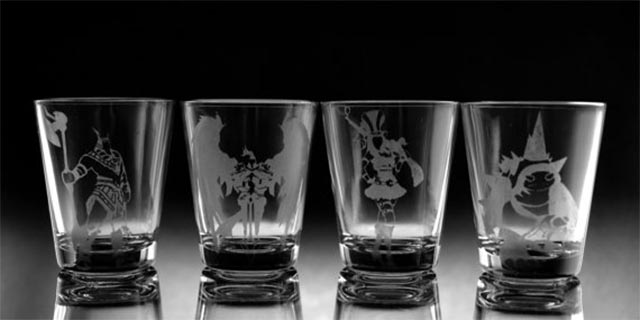 10 Cool Gaming Items You Can Get On Etsy For Under $20
10 Cool Gaming Items You Can Get On Etsy For Under $20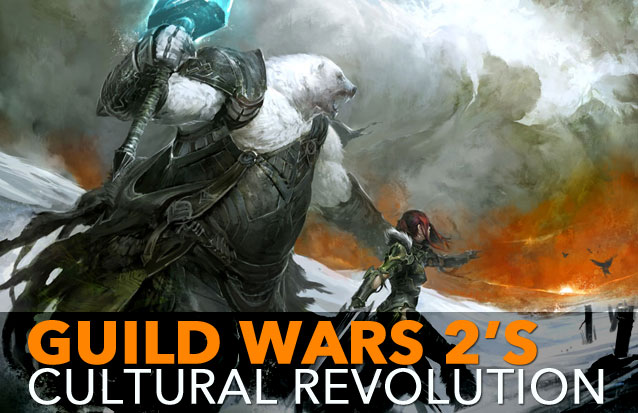 Guild Wars 2s Cultural Revolution
Guild Wars 2s Cultural Revolution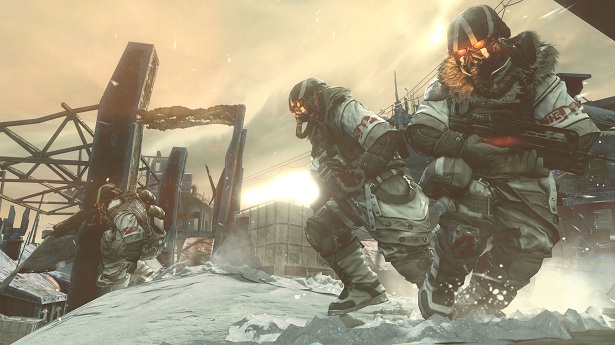 Killzone 3 Walkthrough
Killzone 3 Walkthrough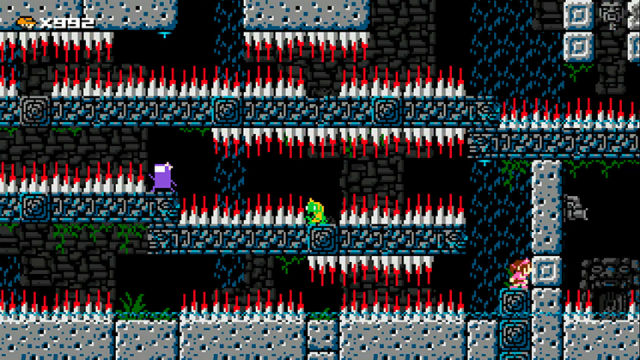 4 Nintendo 3DS Games Coming In 2014 That You Should Play
4 Nintendo 3DS Games Coming In 2014 That You Should Play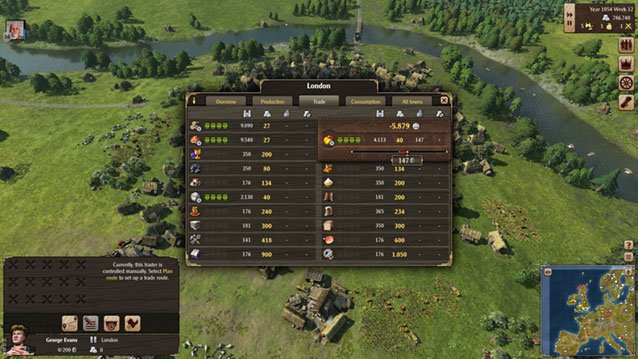 Review - Grand Ages: Medieval
Review - Grand Ages: Medieval